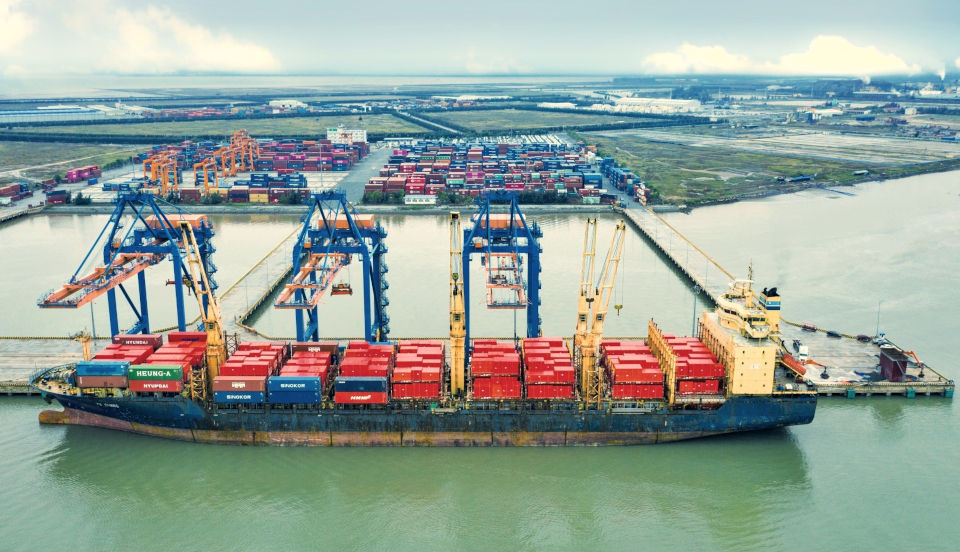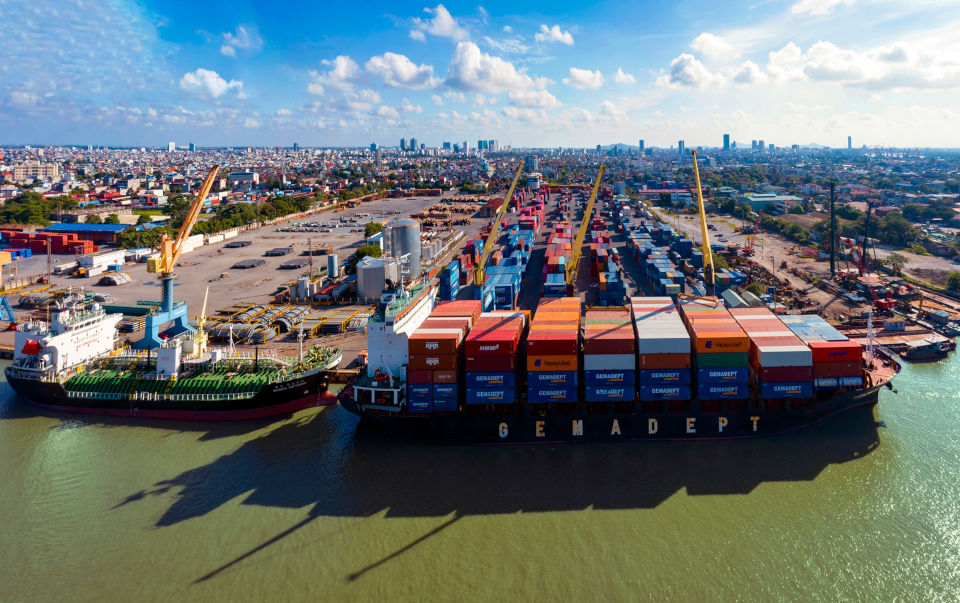With its large scale and strong economic development potential, Hai Phong port is considered the most “attractive” international trade destination nationwide. Here, loading, unloading, storage and preservation of goods will take place. So, what outstanding features does Hai Phong port have compared to many other seaport systems across the country?
Overview of Hai Phong seaport
Known as the largest national general port cluster in the North and ranked second after Saigon port, Hai Phong port is becoming an international trade gateway with the most diverse development potential. Located in three districts of Hong Bang, Ngo Quyen and Hai An, Hai Phong port currently has 52 ports, listed in the Port List of Vietnam Seaport System announced by the Ministry of Transport according to Decision No. 522/QD-BGTVT.
Of the total 296 ports of Vietnam Seaport System, Hai Phong contributes 52 ports, including points such as: Hai Phong (main port area, Hoang Dieu), Vat Cach, Dinh Vu, Petroleum 19-9 , Doan Xa, Transvina, Hai Dang, Greenport, Chua Ve, Cua Cam, Fisheries II, Caltex, Nam Trieu shipbuilding industry…
About the history of formation
Haiphong port was built in 1874 by the French to serve the supply of the expeditionary army. By the beginning of 1939, the port had handled 23% of Indochina’s imports and exports.
In 1956, the port officially became an enterprise managed and operated by the Shipping Industry. After more than 10 years of operation, the management of the port was transferred to the Shipping Department.
At the end of 2007, Hai Phong port switched to the operating model of a limited liability company under Vietnam Maritime Corporation. However, after a short time, in 2014, the port officially converted to a joint stock company model. Up to now, the operation of the port is still managed and operated by Hai Phong Port Joint Stock Company.

Potential development advantages of Hai Phong seaport
- Located in the triangle Hanoi – Hai Phong – Quang Ninh, is one of the three peaks, creating favorable conditions for economic development.
- Easily transport goods to localities across the country through many different modes of transport, including specialized containers and regular cargo vehicles.
- Fast and convenient river transport to provinces such as Thai Binh, Nam Dinh, Quang Ninh.
- There is a road transportation system along many different routes such as National Highway 5 to Hai Duong, National Highway 10 to Thai Binh and Nam Dinh.
- The railway system connects with the national railway, helping to transport goods from the port to many provinces and cities conveniently.





